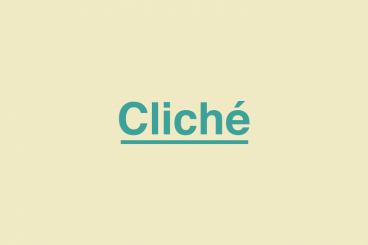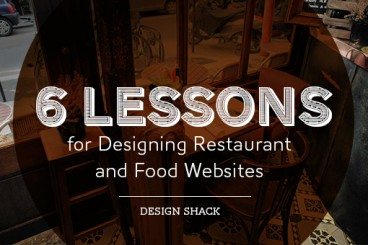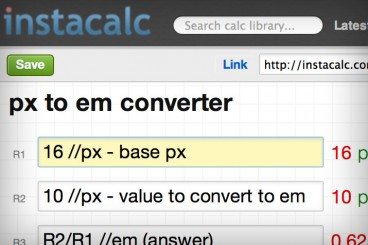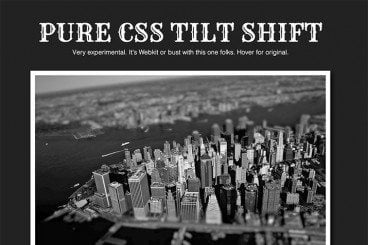
How to Design a Logo / 21 Jun 2017
5 Cliche Logo Design Trends to Avoid
Logos are one of the trickiest things to get right in the graphic design world. It takes almost zero talent to make a logo — virtually anyone can do it. However, making a good logo requires a lot of insight, artistic skill, and patience.
Too often we see designers falling into the trap of rushing into a logo design project and coming up with ideas that are so overused that they’re downright cringe-worthy. Today we’re going to take a look at five logo trends that fit this description. Read on to see if any of your go-to techniques are on the list (and make a mental note to avoid them in the future!)
Are you in the middle of a logo design project? Learn more about how to make your concept stand out in our in-depth guide on how to design a logo!










